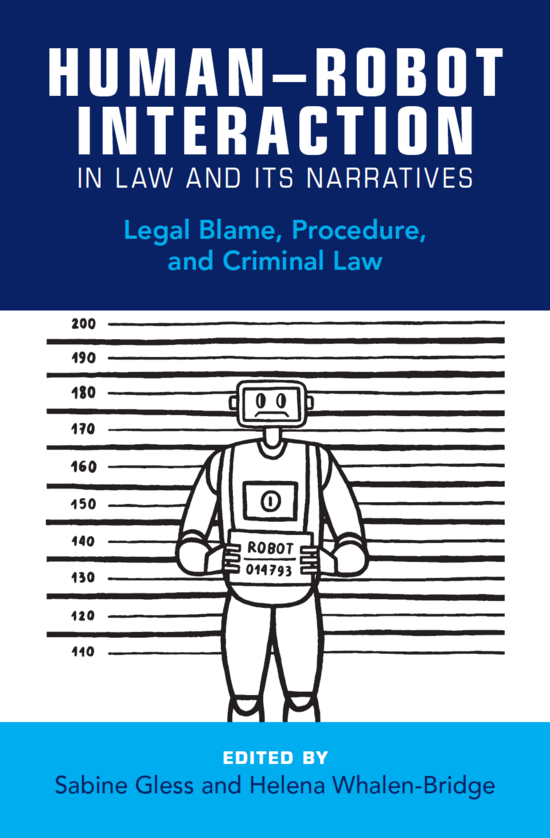Human-Robot Interaction: A Digital Shift in Law and its Narratives? Legal Blame, Criminal Law, and Procedure

Human-robot interactions are likely to change not only the notion of culpability and the assignment of guilt, but also the narratives underlying legal responsibility. Robots, AI-driven systems that cooperate with humans or the entities that supply them may have to take part of the blame, and factual narratives will be generated to support these conclusions. Another issue is that because robots also observe and evaluate the behavior of human users, they are a potential source of information in formal systems of dispute resolution; they might become a new kind of witness, a witness against their human partner.
This book project analyses the consequences of human-robot interaction in law generally, but with a strong focus on criminal law and procedure. While questions of blame and proof must be addressed in all areas of law, criminal law and procedure are the areas of law that are, arguably, challenged most fundamentally, because the link between fault and the degree of intentionality frequently required by criminal may no longer apply, and because if a crime is established, criminal penalties may be irrelevant.
Editors:
Sabine Gless, University of Basel, Switzerland
Helena Whalen-Bridge, National University of Singapore
Open Acess: HUMAN–ROBOT INTERACTION IN LAW AND ITS NARRATIVES: Legal Blame, Procedure, and Criminal Law
